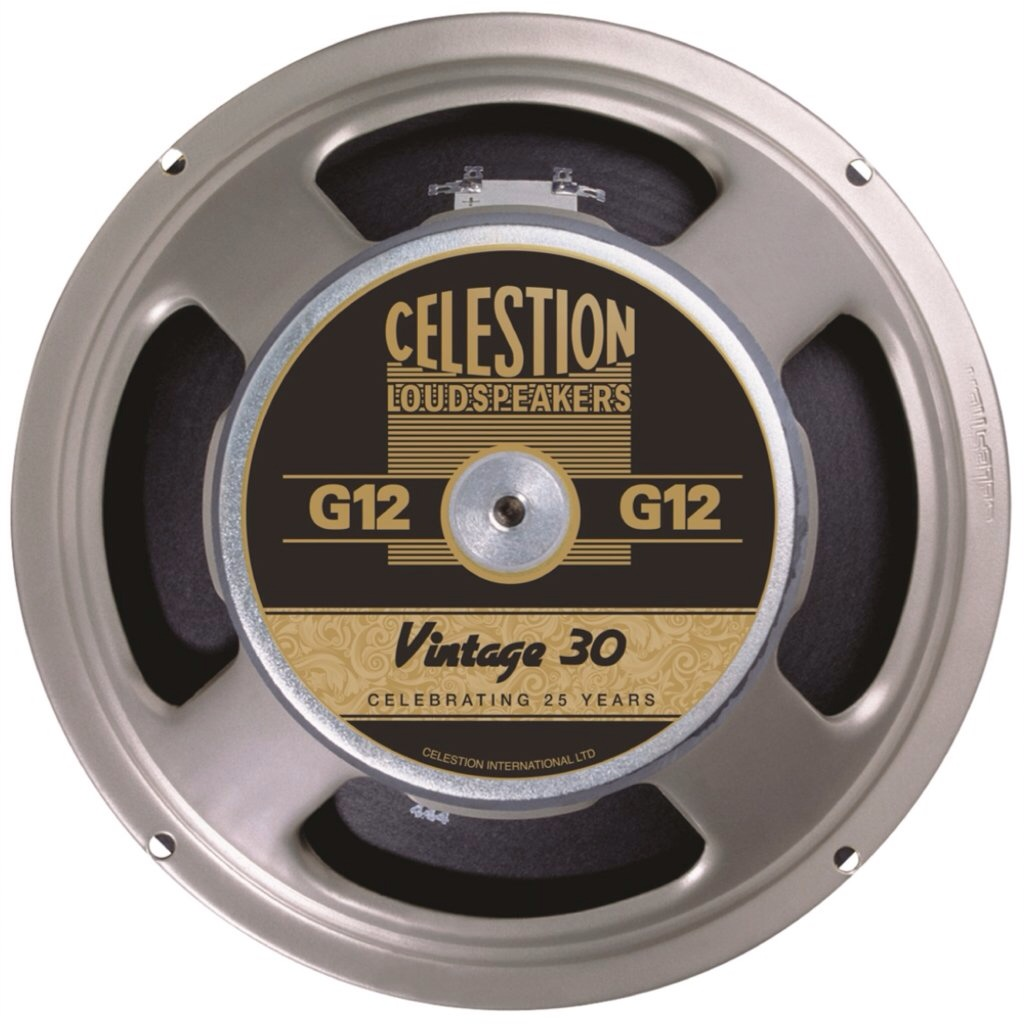

Not really? Although I’m probably way more tolerant to (wideband!) noise than others because I sleep literally inches from two box fans.
But you don’t need to run it while you’re sleeping. It goes from room temperature to ice in under 10 minutes (20 minutes for the “good” ice after the insides have had a bit of time to cool down).
To be clear, what I have is a Frigidaire portable ice maker. Here’s its Walmart product page, although I can’t vouch for Walmart’s website respecting your privacy.
I actually bought a knockoff of this a couple years ago off Amazon, and it worked for about a year, but:
- The infrared sensor was crap from day 1, so I always had to manually override the machine’s decision that the ice was full, even when it was completely empty.
- The water where I was living (dorm room in city) was much…harder I think? It was safe to drink, I even tested it myself, but whatever minerals were in it very quickly fucked up my machine’s internals. I’m living at my parents house with better water.
So far, the Frigidaire is a much better unit, and I use it tremendously more often because I don’t have to babysit the thing and constantly override the infrared sensor.
The water supply is just an ordinary tank. Basically just open the lid, dump a Super Big Gulp of water into the tank every few hours and you’re set. Everything is self contained.
It doesn’t keep the ice cool for you, i.e. it’s not a freezer. Once the ice gets dumped in the bucket, you’re on your own.
So if you go down this route, I recommend getting a decent version of it. Mine cost about $87 in store from Walmart but I really bought this unit as an impulse buy, so I imagine you can get it cheaper if you do some shopping.




Haha, that and the two running box fans I have on full blast pointing at my head and pillow are my greatest sources of comfort.
Yes I like being really really cold.